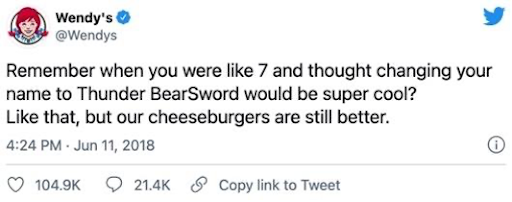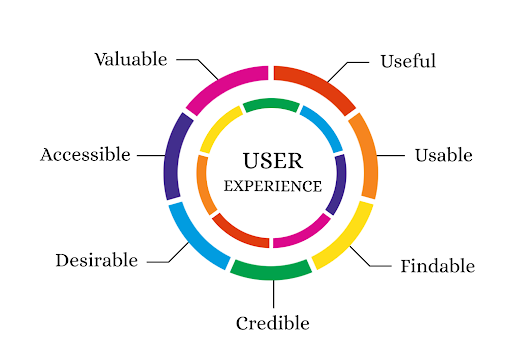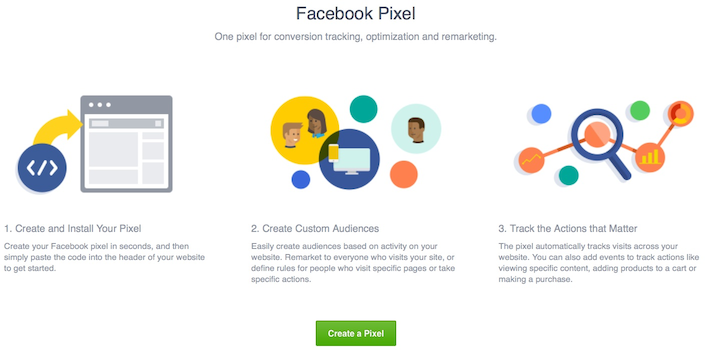There’s no doubt about it: When you’re marketing your SaaS application, it’s hard to ensure you’re ticking all the boxes and covering yourself from all angles. By this, I mean making sure you’re investing your time and resource in the right places and not overlooking the little mistakes that are going to set you back while only focusing on the larger aspects.
It’s hard work, especially if you’re a startup without experience as a marketer. However, to help you along the way, today we’re going to explore the nine key SaaS marketing mistakes you need to avoid at all costs if you want your efforts to be successful.
Here we go.
1. Not prioritizing SEO
When you’re starting a business, you’re going to need to spend some time on your SEO. That’s just how it is. Organic search is where you can get in front of so many of your potential customers when they’re looking for a solution.
And it works. In fact, 57% of B2B marketers agreed that SEO generated more leads than any other marketing technique.

We shared our B2B SEO strategy here at Unstack.
You need to do everything you can here, including optimizing your images, using keyword implementation, and creating a content strategy that prioritizes SEO. Plus, you can’t forget about video SEO when you’re creating training content or marketing videos.
2. Skipping out on social media
Social media is big business, and whether you love it or hate it, it’s here to stick around for a long time. Bottom line, you need to play the game if you want to win.
The key is to find your brand voice and connect with your customers directly. Don’t be afraid to show off your human side—if you want to be successful you should seek relationships, not just followers.
Take a look at these examples.

Here, SteelSeries isn’t promoting content or explaining its product. Instead, it’s just a simple message focused on community building.
And here, Wendy’s is connecting with its customers, appealing to nostalgia.

For the strongest social media presence, you need to balance all of it. You can engage with your audience, promote your product, provide valuable content and links, share new features and updates, announce new products, and so on, all from your social media pages.
Need some inspiration? Check out these 11 Social Media Campaign Examples!
3. Forgetting UX is everything
According to Time, when someone clicks on your email, landing page, website, and so on, you have a maximum time frame of about 15 seconds to grab their attention and keep them on your page. If you don’t grab someone, they simply say “Nope, this isn’t for me,” and off they go, never to return.
This is why it’s so important to work on your website and your user experience to grab them and make them want to know more. Not focusing on UX? Big mistake.
UX for mobile is especially important, since most of the time when you’re setting up a website, you’re seeing everything on a desktop by default. If someone on mobile comes to your website and nothing loads properly and doesn’t fit the screen, they leave.

Don’t let a problem with such an easy solution hold your business back. When people say the customer is always right, that might not always be true, but there’s definitely the truth that they want what is right for them. Make sure to double check your web design in different browsers and on mobile to ensure you’re offering a great UX.
4. Focusing on new customers only
Sure, getting new customers is essential for growth, but customer retention is everything. Keeping around your existing customers is way more beneficial and more cost-effective than consistently trying to score new ones.
Think of it this way. A customer who has already shopped with you and invested in your services has already taken the risk and is keen to use what you have to offer. Therefore, getting them to come back and spend more money with you is easier because they know to already trust you and what you’ve got. They’ve already taken the leap of faith.
On the other hand, a new customer who hasn’t been with you before still needs to make that crucial decision of whether they’re going to work with you or not, and it’s a risk for you to continuously be working to encourage people to jump.
Instead, focus on keeping your existing customers and improving user engagement, keeping them around, taking good reviews from them, and then using this foundation to attract new customers. If you look after existing customers well and word travels, you’ll be creating an experience that new customers will more easily want to be a part of.
5. Creating content without your audience in mind
I don’t know anything about your business, but I can say this for sure: Your target audience doesn’t include everyone. So you shouldn’t be creating content that’s for everything. Instead, you need to get specific.
How do the members of your target market and audience consume your content? Do you know? If you’re not thinking about how your audience is consuming content and what they are interested in seeing, how can you market to them successfully?
As a general rule of thumb for B2B, minimal clutter is best. Clear and straight-to-the-point content that cuts to the chase is most appealing, but you’ll need to figure out your analytics to see what works for you.
There are plenty of ways you can get the information you need to know, whether you’re running surveys, looking at your followers on social media, or just following up on your email unsubscribe rate. The point is, you need to be tweaking your content to best suit the people who are engaging with it.
How do you do this? Well, you avoid the next mistake on this list!
6. Giving analytics a cursory glance
No matter what marketing techniques, methods, and strategies you’re using, you’re going to have access to analytics tools that can process and let you know how you’re getting on. If you’re posting blog posts, for example, your website should be able to tell you how many views you’re getting, how much engagement, and what your conversion rate is.
If you don’t check your content analytics, or don’t dig in regularly, you’re not going to know which types of blog posts do the best. That means you’re not going to know what kinds of content your readers and target market is most interested in—so you’re not going to be able to keep creating more of it.
Don’t make that mistake.
Instead, use tools. Google Analytics is great, and, for Unstack users, there’s GA data built right into the platform. Spending time checking on this regularly will allow you to invest your time and resources into content that will have an impact, rather than effectively throwing money down the drain. The more data you have, the more informed decisions you can make.
Want to learn more about content analytics? Check out our deep-dive here.
7. Putting off installing tracking pixels
It’s a shame that some potential customers will come to your website, and for whatever reason, they don’t hang around. This could be for any reason we’ve already spoken about, such as bad UX, but sometimes their internet may disconnect, they run out of browsing time, and so on, so they’re basically left at no fault of yours.
While you may think they’re gone forever, when you’re using tracking pixels, they’re not gone for good. Statistics show that only 5% of website visitors will purchase on their own visit but remarketing through tracking pixels will bring them back over time.

By installing tracking pixels, you can make sure to re-engage all of your visitors to ensure that you’re making as many sales as possible. So if you’re advertising on social platforms, be sure to install the Facebook Tracking Pixel and the LinkedIn Insights Tag.
8. Marketing to everyone
We’ve covered this a little already, but it’s so important we need to talk about it in terms of all of your SaaS marketing, not just your content. If you don’t know what your ideal buyer looks like, how will you know how to present yourself? How do you know what voice your brand needs?
An ideal buyer could be an 18-year-old social media influencer who’s looking to start her own business or a 40-year-old marketing director looking to try something new. Both of these target markets need addressing and communicating in different, unique ways, which means your content has to be customized to meet what they’re looking for.
Of course, it’s perfectly feasible that you have a product that both parties can use, so how are you going to design your marketing content to fit both, or are you going to have to create personalized content for each party?
Sure, this can seem like a lot of work, but the payoff could be everything you’ve been looking for when it comes to success. The point is that you need to be able to understand precisely who you’re marketing to in order to market to them properly. So create buyer personas, start getting specific, and avoid this terrible SaaS marketing mistake.
9. Launching without a blog
Not every business needs to invest in having a blog. But for SaaS companies? You probably need one. Your website and your brand could benefit from a blog because they bring in visitors, provides value to your audience, generates leads, educates about your product, and can even encourage conversions. For SaaS sales, this volume is key.
A good blog is a great way to increase website traffic tenfold, and while it takes energy, resources, and commitment to get off the ground, it can pay off big time in the end. Just remember to provide value as your primary objective and promote yourself second, if at all.
Avoid these SaaS marketing mistakes to grow your business
We know there’s a lot that goes into successful SaaS marketing. With so many moving parts, it’s important to keep what you shouldn’t be doing in mind. To recap, here are the SaaS marketing mistakes you need to avoid:
- Not prioritizing SEO
- Skipping out on social media
- Forgetting UX is everything
- Focusing on new customers only
- Creating content without your audience in mind
- Giving analytics a cursory glance
- Putting off installing tracking pixels
- Marketing to everyone
- Launching without a blog
Whether you’re an established company looking to scale or a startup planning pre-launch marketing strategies, make sure to avoid these missteps and get to growing your business.
About the author
Regina Wheeler is a B2B marketing consultant at Write my coursework and PhD Kingdom. She loves nothing more than helping businesses connect with their new and existing customers in fun and creative ways. She also writes for Next Coursework.
